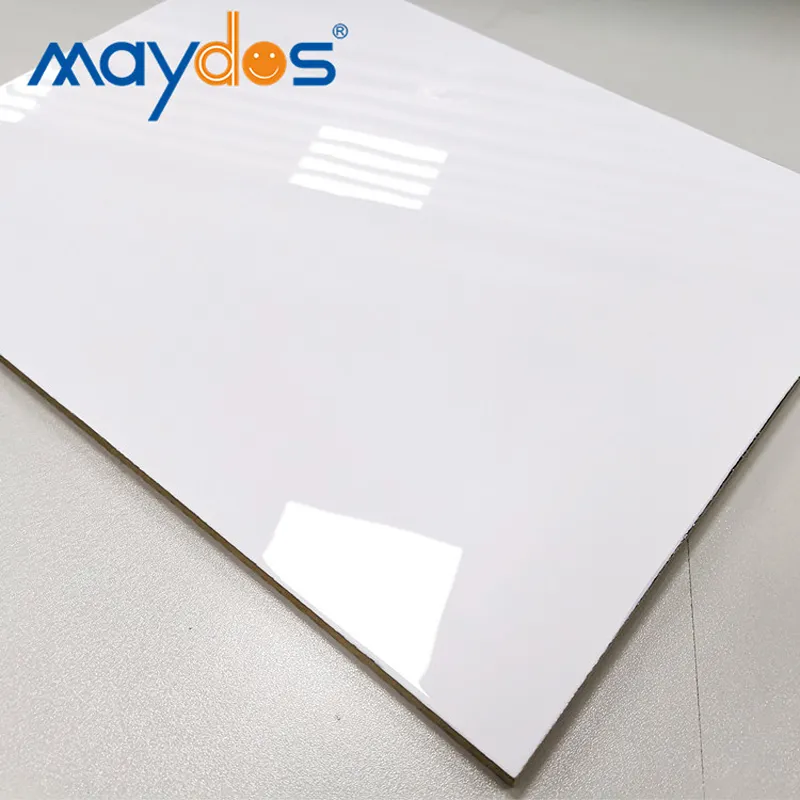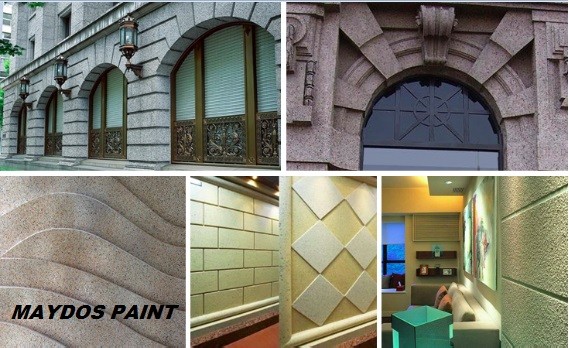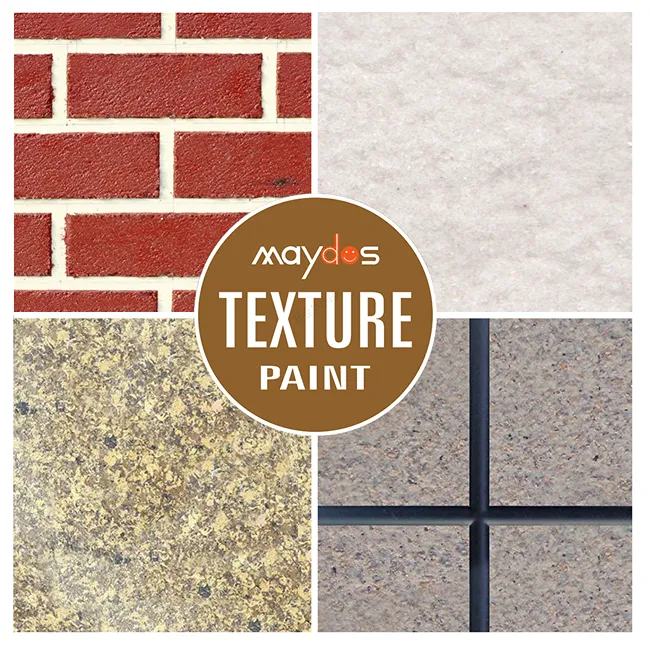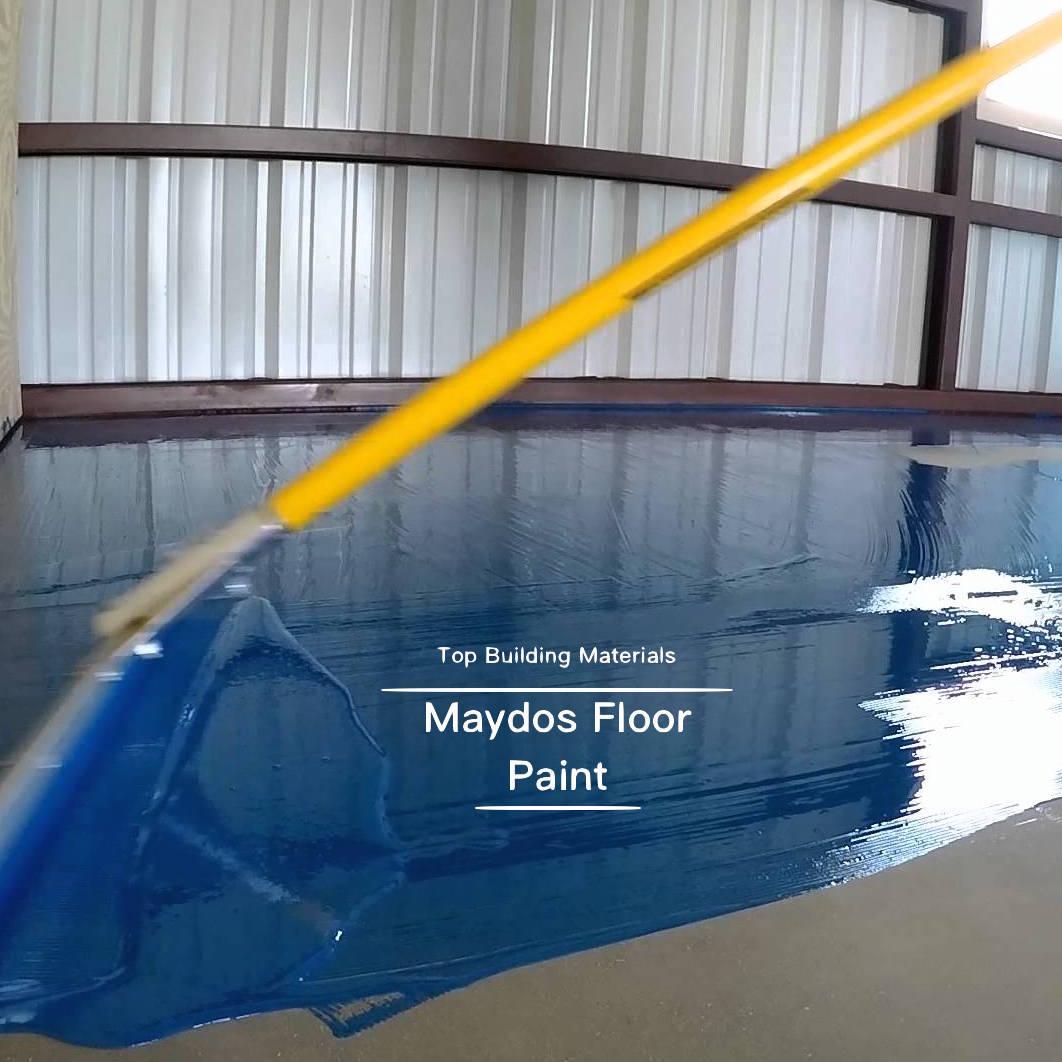Coating Factory
Coatings offer a variety of unique and beneficial properties. They protect surfaces from abrasion, corrosion, humidity, UV light and temperature extremes.
A sampling team inspected the spray powder coating process at this factory. The workshop was naturally ventilated and contained two powder-coating stations. One worker with 10 years of exposure operated the spray gun.
Preparation
The surface preparation process is a crucial step in the powder coating process. Up to 80% of all coating failures are attributed to improper surface preparation, which in turn impacts the quality and lifespan of the powder coated product. This preparation process is based on the type of material being coated and the environmental conditions that it will be exposed to throughout its lifetime.
The first step in preparing the surface for a powder coat is to clean the substrate. This can be done using a variety of methods from simple pressure washing to multi-stage acid baths and sophisticated media blasting. The most important aspect of the cleaning process is to remove all surface soils such as dirt, dust, loose rust, oil and grease to ensure that the powder coating adheres properly to the substrate.
Media blasting, also referred to as sand blasting or abrasive blasting is an abrasive cleaning process that involves shooting tiny solid particles at high velocity against the surface of a product to erode away all surface soils and prep the part for powder coating. A variety of blast mediums are available including silicon carbide grit, glass beads and cast steel shot. The best choice for a particular application will depend on the chemistry of the material being coated, its tensile strength and surface finish requirements.
Some part substrates can be pretreated with a simple prebake or alkaline wash and phosphate solution. This is particularly useful for stainless steel and other materials that require a chemical treatment prior to coating.
For other materials, a more complex preparation is required to ensure that the coating will bond well with the substrate. This may involve a thermal spray process such as HVOF or HVAF followed by an additional step of fusing the coating with the substrate to create a metallurgical bond instead of an adhesive bond. In this type of situation, a contact angle test can be used to predict the adhesion quality of the final coating.
Spray Booth
A spray booth is a ventilated enclosure designed to support painting operations and isolate overspray, fumes, dust, and debris. It also helps ensure compliance with environmental regulations by ensuring the safety of employees and limiting exposure to dangerous chemicals that can damage surfaces and air quality.
A typical paint spray booth includes a filter system for exhaust and intake. The filters help keep the sprayed paint from escaping and can be matched to local requirements as well as the type of coating being used. Fans are often included to help circulate the air and keep it clean. Some spray booths have observation windows and personnel doors for easy access and visibility.
Spray booths come in various sizes to accommodate different operations, from small individual collision shops to large MSOs with multiple facilities. They can also be built for specific purposes, such as high-performance automotive painting. Some companies, such as Accudraft of Randolph, N.J., offer intelligent automation and cloud-based data collection for spray booths. These include DXQoperate, an HMI-level information database, and DXQcontrol, an MES/SCADA production-control system. They can also provide DXQanalyze, which examines the data and conducts equipment and plant-quality trending and predictive maintenance, as well as DXQenergy, which optimizes booth operations to reduce energy usage.
For powder coating operations, a spray booth can be paired with a curing oven. These systems help maintain the correct temperature inside the spray booth for optimal drying results and can save time by automating much of the process. They can also provide an ideal environment for reducing corrosion and wear on parts, allowing them to last longer than conventional finishes.
Spray booths are a vital part of the industrial and manufacturing processes that use paint. The spray paint used for these operations contains hazardous chemicals that are prone to releasing dust and particles that can harm the health of workers and the environment. A spray booth protects the work area and isolates these materials from areas that can be contaminated by them, preventing overspray from contaminating other parts of the facility. It can also be used to comply with environmental regulations and improve the finish on finished products.
Electrostatic Coating
Electrostatic coating uses the same principle as static electricity to adhere paint particles to metal. A spray gun atomizes aerosolized liquid paint into a fine mist that’s negatively charged and sprayed onto a positively-charged piece of metal. Because of the positive and negative charges, the sprayed paint sticks to the piece with strong, evenly-dispersed bonding, rather than running or dripping like conventional paint. The low-voltage electrical charge also greatly reduces the amount of overspray, meaning that there’s less waste and a more eco-friendly process.
Both powder and liquid coating are available in a wide range of colors and finishes, from matte to glossy and everything in between. They’re both durable, resistant to stains, and easy to clean and hygienic. They can even make old, rundown pieces of equipment look new again, whether it’s an antique claw foot bathtub in your home or metal commercial appliances at work.
For both types of coating, a sealed premise (paint booth) is required, and the pieces are then baked in a special curing oven to create the final finish. The choice of materials for the coating will determine how it dries and cures, as some will react differently to the heat used in the curing oven.
The type of powder used for the coating will also affect the end result once it’s been cured. There are both thermoplastic and thermoset powders available, each with their own advantages and disadvantages, which will depend on the kind of product being coated, and how durable the finished result needs to be.
Before the coating process can begin, the pieces to be coated need to be cleaned of any oils, dirt, dust, and debris. There is a thorough pre-production cleaning process that’s necessary to prepare pieces for powder coat application, and it is important that the pieces are immaculate before being sprayed with paint because any contaminants could cause defects such as orange peeling after baking. The piece should also have all holes, studs, critical mating surfaces, and areas for electrical conduction taped off. This prevents the powder from accidentally being sprayed in these difficult recesses, avoiding potentially costly mistakes.
Curing
When the final coating is applied, it needs to cure before it can be used in production. This is when all of the chemicals within the paint come together and form new chemical bonds. Until this happens, the surface will be fragile and susceptible to damage or discoloration.
The curing process can vary depending on the type of coating being used, but the basics are the same. The first step is drying, which is when the solvents and diluent in the coating evaporate into the air. This is followed by curing, which is when the molecules in the coating begin to crosslink with each other and create a hard film. The curing process can take a few hours or even days, depending on the coating.
Many coatings rely on an oxidation mechanism to cure. This requires the carrier and binder to be exposed to oxygen in order for small molecules to crosslink with each other. The result is a solid, durable film that cannot be redissolved in the same solvent it was originally delivered in. Alkyd coatings are a good example of this.
Other coatings use a more chemically advanced system to form their films. Epoxies and two-part urethanes are examples of this. The chemical mechanism for forming their films involves a 10-minute evaporation of the carrier, which is followed by a chemical reaction that can take several hours.
Both of these processes require a significant amount of heat in order to complete their film formation and curing. However, there is a growing trend towards lower-temperature curing chemistries that are enabling the coating industry to offer more durable finishes for specific end-uses.
The curing process in powder coating is essential for the integrity of the finished product. Without adequate curing, the powdered coating may experience issues like chipping, scratching or peeling. This is why it’s important to follow the recommended bake temperature and time recommendations provided by your coating supplier. This will help you achieve the durability and design properties you expect from your final product.





















